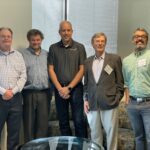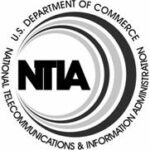SpectrumX leadership, researchers attend NASEM CORF at CU Boulder to present on center, pressing issues in spectrum policy, security
The University of Colorado Boulder (CU) hosted the National Academies of Science, Engineering, and Medicine (NASEM)’s Committee on Radio Frequencies (CORF) Fall meeting on October 3-4, 2023. CORF considers the needs for radio frequency requirements and interference protection for scientific and engineering research, coordinates the views of U.S. scientists, and acts as a channel for representing the interests of U.S. scientists.


